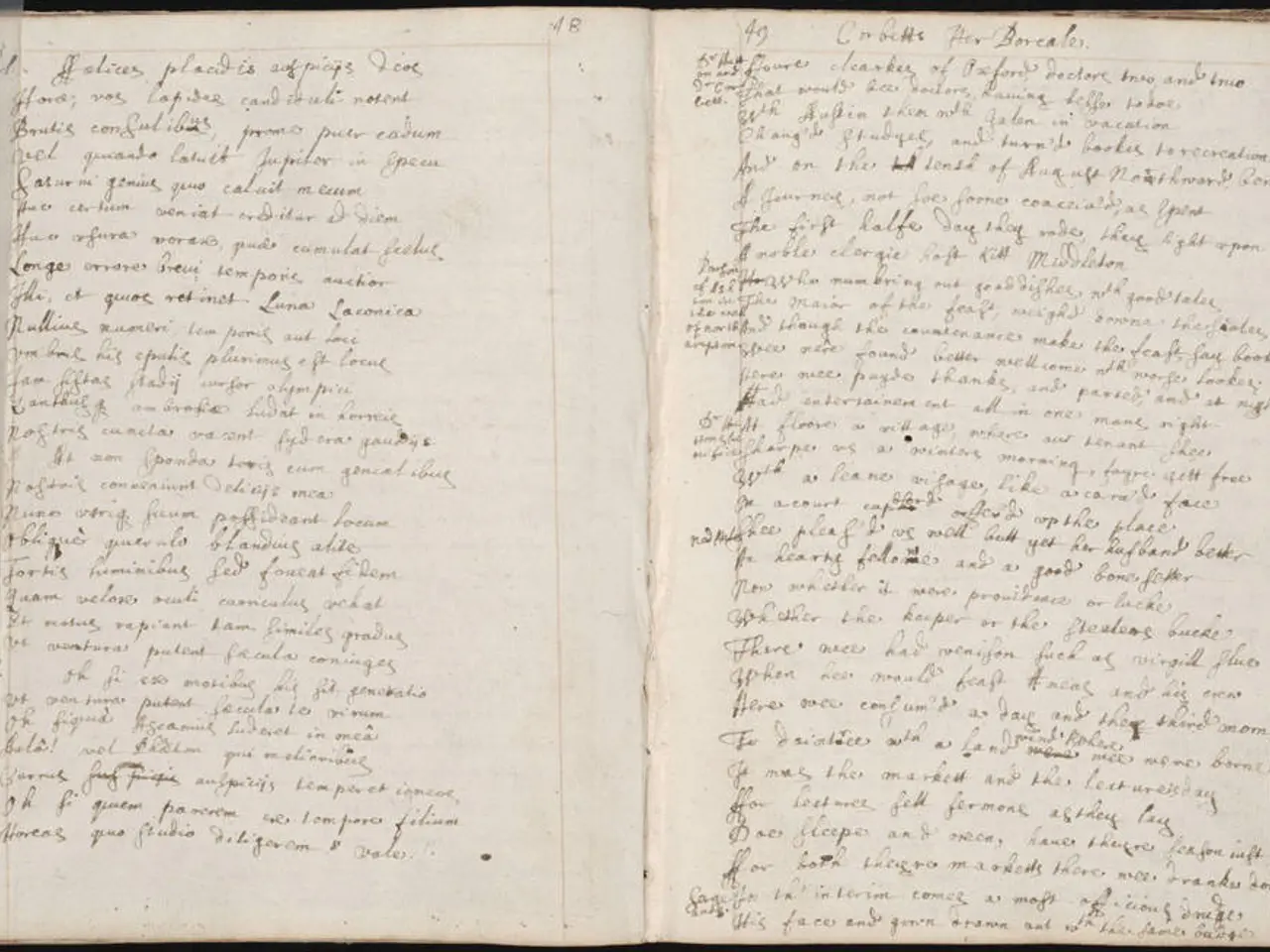Dramatic Suspense Provided by Cliffhangers
================================================================
A cliffhanger, in the context of storytelling, can be an effective tool to maintain reader engagement. However, it's crucial to use this device judiciously to avoid frustrating readers or deterring them from continuing the narrative.
According to Dictionary.com, a cliffhanger is a melodramatic adventure serial that ends in suspense to interest the reader or viewer in the next installment. This definition can also apply to novels, but the execution needs careful consideration.
A well-crafted cliffhanger should not be used with the intention of forcing a reader to come back for more. Instead, it should be subtle and resolve the immediate situation while still leaving an impending danger or suspense.
One strategy for creating effective cliffhangers is to use foreshadowing. By hinting at events or revelations that will come later, authors can build anticipation without frustrating readers.
Another approach is to resolve some conflicts but leave others open. Ending a scene or chapter resolving part of the tension but keeping secondary or new problems unresolved can sustain interest without overwhelming readers or creating fatigue from constant uncertainty.
Authors should also plan character-specific problems. By brainstorming many potential problems linked to the protagonist, writers can ensure cliffhangers feel relevant and character-driven.
It's important to note that ending an entire book on a cliffhanger can be deterrent to readers, potentially leaving them upset about the way things were left off. This strategy is more suitable for series with clear expectations.
To vary cliffhanger types, authors can use different kinds, such as accidents, time-sensitive peril, or impossible choices. This approach helps maintain reader engagement without falling into predictability.
Katie McCoach, a member of Romance Writers of America and the Editorial Freelancers Association, offers valuable advice on editing, writing, and publishing on her blog. For more insights from McCoach, visit her blog and follow her on Twitter. Her essays have been published in TrainWrite and Kalliope.
In conclusion, by foreshadowing future events, partially resolving conflicts, and tailoring cliffhangers to characters’ struggles, authors create compelling suspense that keeps readers eager for the next chapter but avoids deterring them through excessive frustration or unresolved plotlines. This approach encourages a dynamic narrative flow that balances tension and payoff.
However, it's essential to remember that the story and characters should guide the next steps, not the writing. Intentionally ending a book with a cliffhanger may not be well-received by readers, as it can come across as trying too hard and not serving the ultimate goal of enticing a reader and keeping the suspense alive.
Books can provide entertainment through the use of cliffhangers, especially when used subtly to sustain reader engagement without frustrating them unnecessarily. For instance, novels with strategic cliffhangers, hinting at future events or leaving temporal or character-driven conflicts unresolved, can intrigue readers and create a desirable anticipation for the next part or volume.








